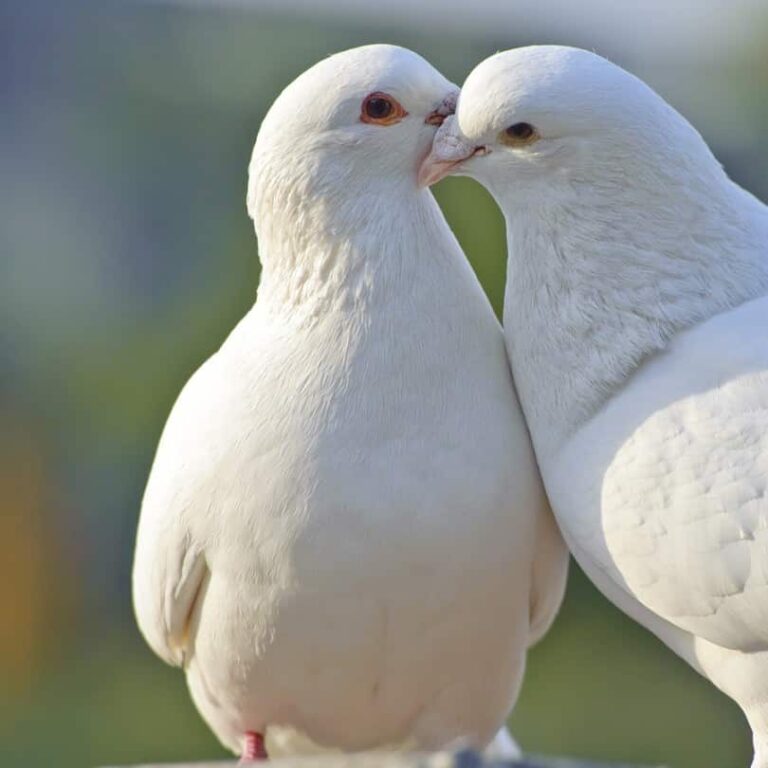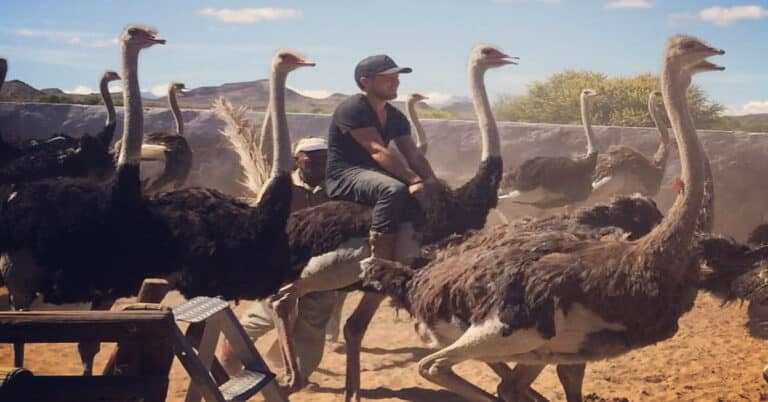Finches
The Finch, belonging to the Fringillidae family is a passerine bird. This songbird is endemic to the regions of the Northern Hemisphere, Neotropics, and Palaeartic, besides the Hawaiian Islands. It is a seed-eating vertebrate that grows in a small as well as medium size profile. Different species of this group have different sizes and structures. The smallest species of classic true Finch are the Andean Siskin which grows only up to 9.5cm, whereas the largest species known as the Collared Grosbeak attains a length of 25.5cm.

History
The name Fringillidae is derived from the Latin word ‘fringilla’, which refers to the Common Chaffinch. Very rare fossil remains of the Finches have been acquired, which is inadequate to exactly discover the past of this bird. Similar to the other species of Passeroidae family, these birds may also have evolved in the Middle Miocene era, which means about 10 to 20 million years ago. An unidentifiable fossil of this category has been discovered at Polgardi, situated in Hungary, which belongs to 12 million years back, from the late Miocene era.
Description
Finches are small-bodied with big sized beaks. The head is somewhat flat and long, compared to its body. Even the tail looks long due to its unusually short wings. The male bird is often found with a rosy red splash surrounding the face and the upper portion of the breast. The tail, belly and the back portion are seen with black streaks, whereas the female bird is found in grayish-brown dull color and have blurry, thick streaks in the under part of the body. The birds belonging to the true Finch group possess nine primary rectrices and 12 remiges. A wide variety of sizes and shapes are found in this group. Some like Pine Grosbeak has a weight of 86.1 g, whereas the tiny Goldfinch grows only up to 8g.
Habitat
The Finches can be mainly found in the wooded areas, but they are also present in desert areas and mountains. The nest is built in a basket shape and is found on the trees or bushy shrubs, growing between the rocks. They are also commonly found in the stream-sides, oak savannah and chaparral. The coniferous forests consist of these birds at an elevation lower than 6000 feet.
Reproduction
Most of the species are ready to breed after the age of 3 months. The female Finch lays eggs every day. The average number of eggs in a clutch may vary between 3 and 8. Incubation period extends to 12 or 16 days.
How to Breed at Home
The Finches are the perfect choice for a pet bird. They adjust well with the human beings and are loved for their beauty and singing ability.
Food
The Finch bird prefers seeds, fruits and vegetables. It should be provided with enough water, grain products that constitute 50% of the diet, fruits and vegetables that constitute about 45% of the diet and dairy items about 5% of the diet. Taking good care and providing good nutrition will help these birds live long.
Cage size
This bird must be able to move freely inside the cage, hence it should be spacious. A minimum cage size required is 30 inches long, 12 inches wide and 18 inches deep. The space between the bars should be not more than half an inch.
Care
The Finch likes to live in groups; hence care should be taken to keep them in pairs. Food and water should be provided in clean and non-toxic plastic or stainless steel vessels. Provide adequate sunlight for them to grow healthy.

Having discovered a fondness for insects while pursuing her degree in Biology, Randi Jones was quite bugged to know that people usually dismissed these little creatures as “creepy-crawlies”.







